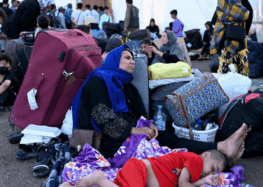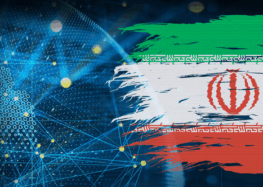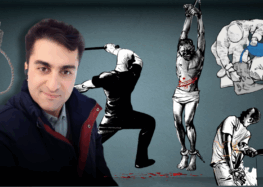Summary
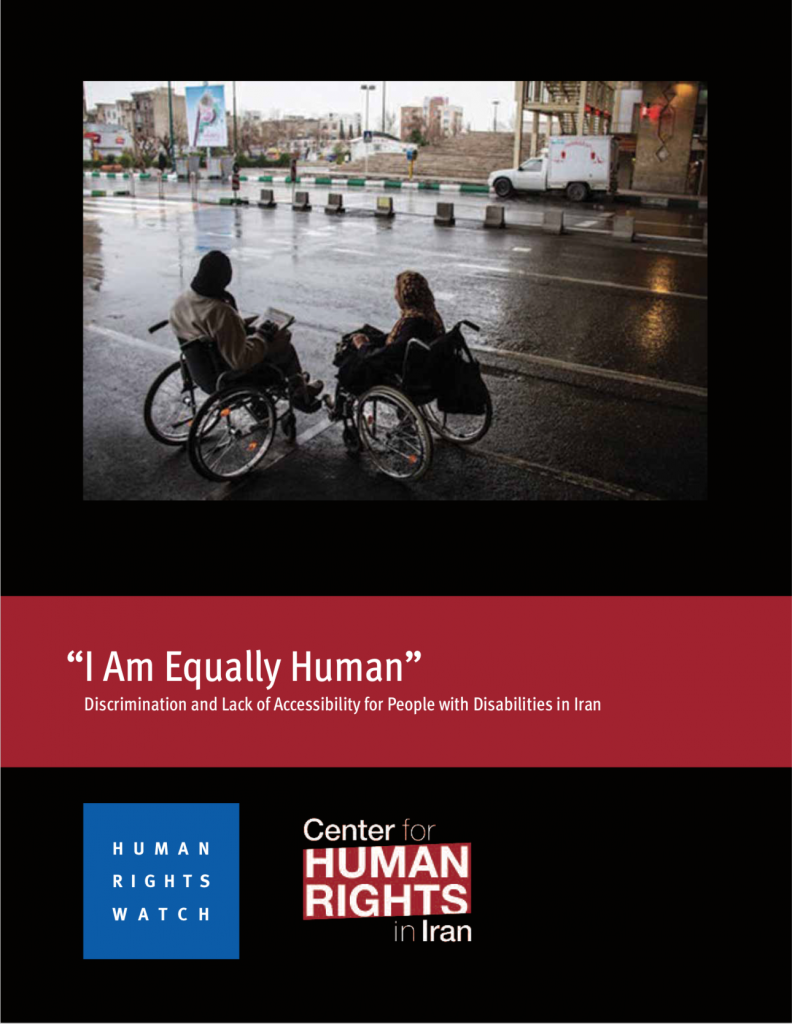 Alireza, 22, has cerebral palsy. He uses a wheelchair and can only use his right hand. He had to drop out of school at 15 because there was no way for him to reach classrooms on the upper floors of the school or use the toilet. Before that, he relied on other students or cleaning staff to carry him and his wheelchair, but as he gained weight, this became impossible. For his entire life he has relied on his mother, now 65, to use the toilet, shower, and get dressed. His mother suffers from severe backpain that sometimes keeps her in bed for weeks. Alireza said:
Alireza, 22, has cerebral palsy. He uses a wheelchair and can only use his right hand. He had to drop out of school at 15 because there was no way for him to reach classrooms on the upper floors of the school or use the toilet. Before that, he relied on other students or cleaning staff to carry him and his wheelchair, but as he gained weight, this became impossible. For his entire life he has relied on his mother, now 65, to use the toilet, shower, and get dressed. His mother suffers from severe backpain that sometimes keeps her in bed for weeks. Alireza said:
I really feel ashamed when she struggles to help me, so I try to minimize my requests for help. I wish I could have someone else to assist me. But the State Welfare Organization, which is responsible for supporting us, does not care about us. They just pay me this monthly allowance [the equivalent of US$40] with which I can’t even buy one meal per day. I think I can survive only while my mom is alive. The day she is not there for me, I will have nowhere else to go…
Though he enjoys exercising, Alireza rarely leaves home and spends most days watching television. For Alireza, just reaching the sports club requires overcoming multiple barriers. Public transport near his home – including buses or metro – are not accessible for someone like Alireza who has a physical disability. Seeing his wheelchair, taxi drivers rarely stop to pick him up, and when they do, charge extra to put his wheelchair in the trunk. “I think most people, and especially those in charge, often forget that we are equally human,” he said.
Like Alireza, people with disabilities across Iran face serious obstacles to participating in daily life activities that most people take for granted, such as going to work or school, gathering with friends or relatives, attending cultural events, shopping for groceries, or visiting the doctor. Inaccessible buildings and public transportation impede independent navigation and participation. People with disabilities confront stigma and discrimination almost everywhere in their daily lives, for example when interacting with state-employed social workers, doctors in hospitals, and public bus drivers. Stigma and discrimination are even embedded in the public policies supposedly aimed to support them. Discrimination in healthcare is also a persistent problem, including the failure to provide people with disabilities full and accurate information about treatments and available options and ensuring that they give informed consent to treatment.
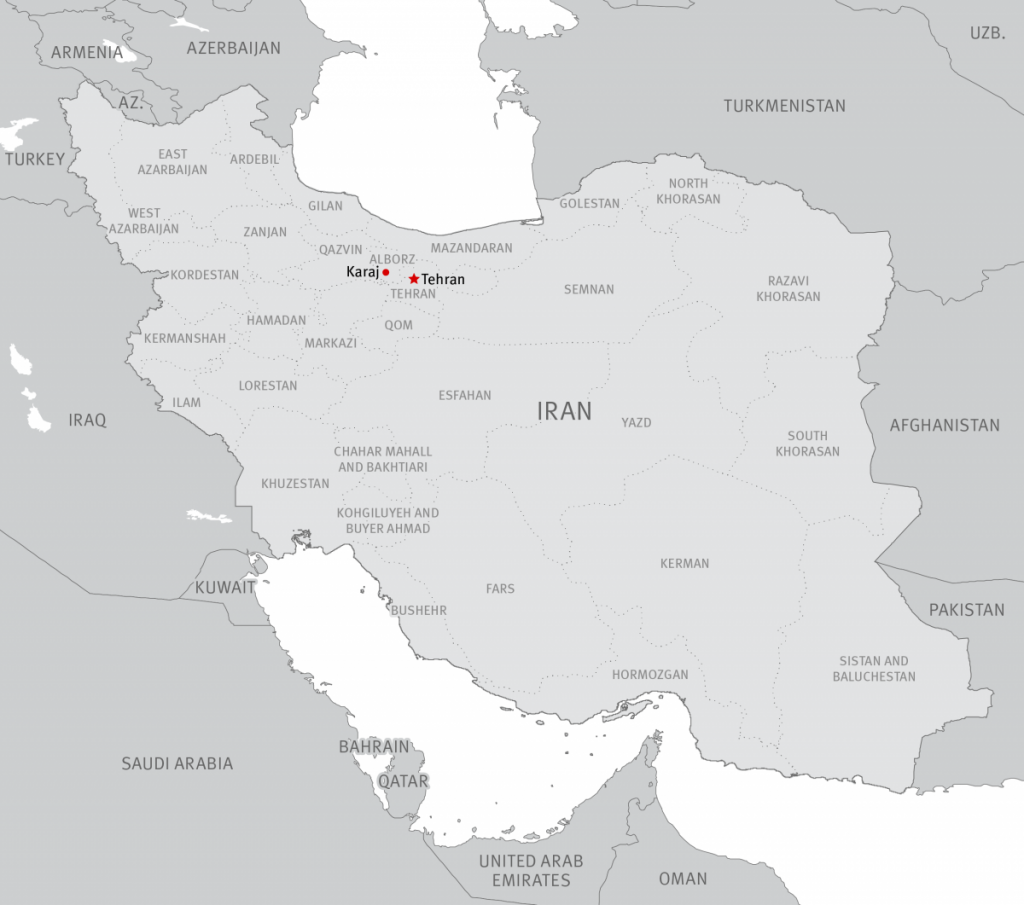 To live an independent and dignified life within society, people with disabilities should have access to services and devices that facilitate their participation in the community on an equal basis with others. People with different types of disabilities require differentiated services. For example, assistive equipment such as motorized wheelchairs and elevators in public buildings may be essential for some. Others may require personal assistance services, whereby a professional assistant supports an individual with daily tasks such as dressing, bathing, cooking, shopping, and participating in other activities. Social protection programs including disability pensions may also be essential for some to secure services that are not provided by the state.
To live an independent and dignified life within society, people with disabilities should have access to services and devices that facilitate their participation in the community on an equal basis with others. People with different types of disabilities require differentiated services. For example, assistive equipment such as motorized wheelchairs and elevators in public buildings may be essential for some. Others may require personal assistance services, whereby a professional assistant supports an individual with daily tasks such as dressing, bathing, cooking, shopping, and participating in other activities. Social protection programs including disability pensions may also be essential for some to secure services that are not provided by the state.
All people with disabilities have the right to access the physical environment, including buildings, roads, schools, housing, medical facilities, workplaces, and other facilities and services open or provided to the public, in both urban and rural areas, on an equal basis with others. People also have the right to live independently and be included fully in their communities. They also have the right to the highest attainable standard of health, including rehabilitation and services specific to their disabilities. The government also has an obligation to raise awareness about the rights and dignity of people with disabilities and to combat stereotypes, prejudices, and harmful practices.
The Iranian government has taken some steps towards improving rights protection for persons with disabilities in recent years. Iran ratified the United Nations Convention of the Rights of Persons with Disabilities (CRPD) in 2009 and began initiatives to investigate and promote accessibility of public buildings, transportation, and other facilities in Tehran and other major cities including through the establishment of the National Headquarters on accessibility in 2015. Most recently, a new law on protection of the rights of disabled people came into force in 2018. However, much more needs to be done.
Through 58 in-depth interviews with people with disabilities and others, Human Rights Watch and the Center for Human Rights in Iran documented discrimination, abuse, and lack of accessibility. We found that the government has failed to provide sufficient community-based services – including quality and appropriate assistive equipment, personal assistance, accessible and affordable habilitation and rehabilitation, and other services – thus violating the right of people with disabilities to live independently and participate in the community. It has also failed to take appropriate steps based on all available resources to develop accessible public transportation and to guarantee equal access to health care for people with disabilities.
Negative stereotypes and discrimination, including among state social workers and medical workers, also impede access for people with disabilities to essential services. As a result, many people with disabilities spend their lives isolated at home and totally dependent on family members or relatives for support for the most basic daily tasks.
Iran is an upper middle-income country with a GDP per capita of US$20,000 in 2016, according to the World Bank. However, senior State Welfare Organization officials have frequently noted that insufficient budgetary support contributes significantly to the lack of services and support for people with disabilities in the country.
There are no official up-to-date statistics on how many of Iran’s roughly 80 million people have disabilities. Government agencies providing services to people with disabilities reported 1.8 million people, or 4.2 percent of the population, registered as having disabilities in 2015. The actual number of people with disabilities in Iran is likely much higher. Some officials in Iran have acknowledged that the actual number of people with disabilities is likely between 11 and 14 percent of the population, or about 9 to 11 million people. Globally, according to the World Bank and the World Health Organization (WHO), approximately 15 percent of the world’s population have disabilities. Stigma and discrimination, a cumbersome and often long registration process, as well as a lack of awareness about their rights, likely contribute to a reluctance among some people to register or among families to register their children. This may be particularly true for women and girls; only 35 percent of people registered as having a disability with the State Welfare Organization are female.

